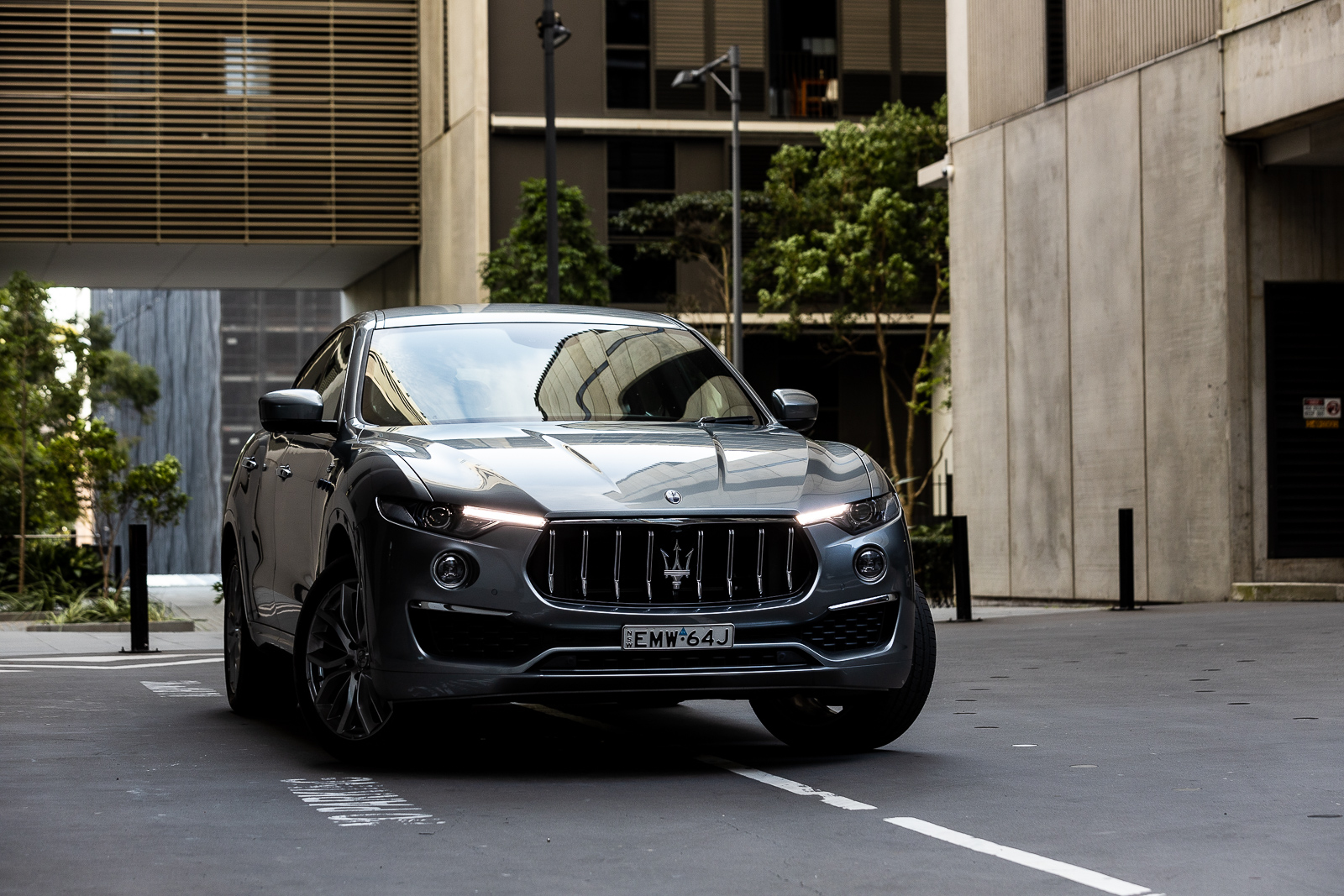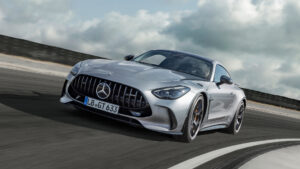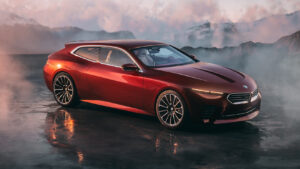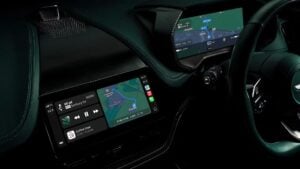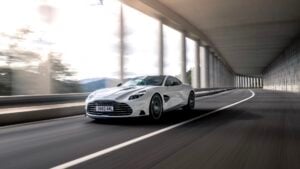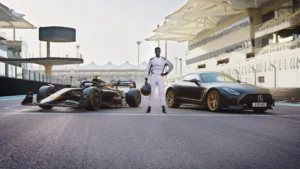For over a century, Maserati has built a name on producing some of the most mother-watering internal combustion engines ever made – now they intend to do the same with electric powertrains. While the thought of an electrified Maserati might be a tear-inducing proposition for gear heads, a prosperous future for the trident relies on embracing the technology, and then establishing a new benchmark for it.
When Maserati introduced their first electrified vehicle last year – the mild-hybrid Ghibli GT – it was met with cautious curiosity. Yes, it was still a beautiful sedan, and yes, it still sported a plush interior, but for the first time, a Maserati didn’t have a seductive V6 or V8 to fall back on. Yet before fans had time to process that release, Maserati transplanted that mild-hybrid drivetrain into their best-selling car, the Levante. So, rather than pondering what an electrified Maserati future might look like, we stepped into the luxury SUV to see if the Levante GT remained as engrossing as ever, even without a V-shaped symphony.
At first glimpse, walking around the Levante GT everything looks like business as usual. Muscular body sculpting, frameless doors and elegant headlights – it’s a tried and tested aesthetic that has carried the brand through numerous record-sales periods. But on closer inspection, the GT sports subtle differences from its older siblings. Maserati has chosen to use Azzurro Astro (metallic tri-coat blue colour) accents as a way of distinguishing its electrified cars, and the result is surprisingly tasteful. Brake callipers, air vents and Tridents have all received the updated treatment, while, contrastingly, the traditional oval badge on the bonnet gives a graceful nod to the past. Around the rear of the car, the Levante GT takes inspiration from the 3200 GT with a pair of boomerang-shaped taillights, but unlike the Giugiaro designed lamps, these updated versions use modern injection moulding methods, resulting in a beautiful three-colour lens.


Unlike a lot of modern hybrid and electric model designations, the Levante GT isn’t focused on screaming about its differences. It’s still proud of its contrasts, but the design language is more about nuanced distinctions as opposed to being caught up playing identity politics. If you liked the design of the original Levante, then the subtle improvements to the GT should entice like never before.

Stepping inside the cabin, you can immediately sense the continuation of this design evolution. The blue highlights have been manifested via hand stitching throughout the seats and dashboard, while the folding 60/40 split-folding rear seats add some versatility to the sophistication. You still get the pragmatic plethora of cup-holders, USB charge ports (no USB-C however), and separate front and rear climate controls, but the main upgrade to the Levante GT’s cockpit is the new infotainment system.
Branded the “Maserati Intelligent Assistant” or “MIA” for short (some would say modern infotainment has been “MIA” in Maserati’s for some time), the new system finally has the technology to match the rest of the package. Centred around a high definition 8.4″ touchscreen with Android Automotive and Apple Carplay compatibility, the new system is intuitive, feature-rich, and practical.


With wireless Airplay working it’s magic, it was time to hit the road and assess the elephant in the room; the hybrid powertrain. Combining a two-litre, four-cylinder engine with a 48-volt electric system doesn’t sound too earth-shattering on paper, but the performance of the new system is as pragmatic as it is potent.
The clever combination of direct injection, turbocharging, and e-boost produces a combined 243kW of power and 450 Nm of torque at a very usable 2,250 rpm. Thanks to a lighter overall package, the greener Levante is still capable of slingshotting the brawny SUV from 0 to 100 km/h in six seconds flat and will pull all the way to a regulated 240 km/h effortlessly. The powertrain is a real Jekyll and Hyde. Leave it in I.C.E. mode (increased control and efficiency), and you drive around quietly, pleasantly recharging the battery with every dab of the brake. However, put the Levante GT into sport mode, and the exhaust note comes alive while the e-boost and turbocharger do their merry little dance in tandem. The tried and tested eight-speed ZF automatic disposes of gears swiftly and precisely, resulting in a surprisingly zippy overall package.
Surprisingly, the Levante GT’s mild-hybrid system has an even better secondary performance benefit; the chassis. With the lighter weight of the four-cylinder engine, coupled with some strategically positioned batteries, the updated platform now has a lower centre of gravity and perfect 50:50 weight distribution.

The torque vectored limited-slip differential keeps power distribution predictable, while the double-wishbone front end and flawless weight distribution results in a more confidence-inspiring turn-in and more recoverable turn-out. It also feels more convincing and sure-footed under braking, benefiting from less front-heavy weight transfer – front the lighter powertrain – and a more rigid chassis.
Once upon a time, an electrified Maserati seemed a soulless proposition, but the Levante GT reveals itself as a competent beast. The new model makes more sense as a mild hybrid than its louder internal combustion-powered siblings. It’s more fuel-efficient, adaptable, and has a more versatile skill set. Do you miss the rasp of the V6? Definitely. Do you pine for the bellow of the V8? Absolutely. But neither overrides the satisfaction of less frequent visits to the petrol bowser, the humbleness of fewer emissions, or the extra playfulness of the lighter, balanced chassis.

They say a champion team will always beat a team of champions. With less reliance on one key ingredient, the sum of Maserati’s parts has produced one of the most well-rounded, usable releases in the marque’s impressive history.
This article is sponsored by Maserati. Thank you for supporting the brands that support Boss Hunting.
